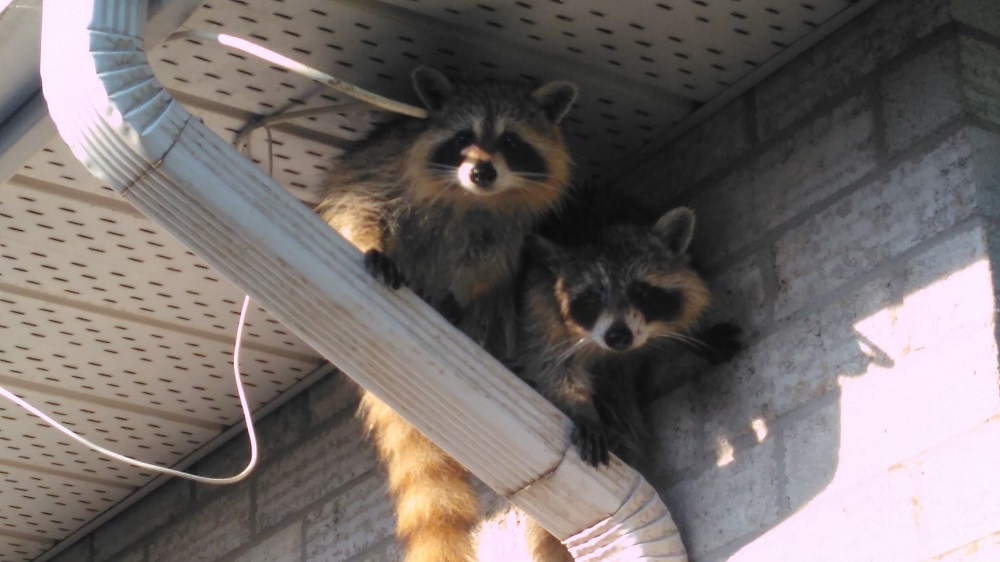Although they have the potential to be dangerous, raccoons are fascinating animals. Their impressive intelligence and memory, combined with their mischievous nature, would be delightful if they didn’t use them to get into your trash. If you have ever seen raccoons around your home, you may wonder what happens to them in the winter. As you may have guessed, they don’t migrate but instead, survive in place. So, what exactly do they do?
Do Raccoons Hibernate?
No, raccoons do not hibernate but rather go into a survival behaviour known as torpor. This is a type of sleep intended to help raccoons and similar animals to increase their chances of surviving through the winter season. That probably sounds a lot like hibernation, but there are some key differences.
Hibernation is a type of voluntary deep sleep that animals enter during the cold winter. Their body temperatures lower, and they slow their breathing, heart rate and metabolic rate. In some species, this state can last for months. Other species hibernate intermittently for days or weeks at a time. Many animals increase their body fat significantly before entering hibernation.
Hibernators sometimes wake up temporarily to eat, drink and relieve themselves. However, they are in a hibernation state for most of the winter.
Torpor, conversely, appears to be an involuntary state of much lighter sleep. The evolutionary benefit of torpor is very similar to hibernation since it reduces the body’s needs while food and other resources are scarce. So, animals that enter torpor lower their temperatures, breathing, heart rate and metabolic rate in a similar manner.
However, torpor seems to be triggered by short-term circumstances. It also occurs for shorter periods, often lasting only overnight or for the day. In a sense, you can think of torpor as being a lighter version of hibernation. Hibernators may be trying to sleep for as long as possible, essentially skipping much of the winter, and they stay asleep even if there is a loud noise. Therefore, many hibernators find secure places to sleep.
Animals that enter torpor will wake up if they notice a threat. They may also be normally active during their waking cycles. When they awaken, their temperature and heart rate return to normal.
Do Other Animals Enter Torpor?
Yes, many other animals enter torpor. In fact, only a relatively small number of animals hibernate, including snakes, bees, some squirrels and certain bats.
Skunks and several other similar animals enter torpor. You may be surprised to learn that bears don’t hibernate. Instead, they also use torpor. However, they remain fairly inactive during the winter, only occasionally snacking and almost never leaving their dens.
What Else Are Raccoons Doing During the Winter?
Raccoons and many other animals that use torpor continue to eat regularly and stay active during the winter. However, they are more cautious than usual and minimize their activity to do only what is necessary. This helps them conserve as much energy as possible. Like bears, they spend more time in their dens during the winter to help stay warm.
What If I Find a Raccoon in the Winter?
Raccoons are impressively intelligent creatures. They are adept at problem-solving and at adapting their behavior to circumstances. This means that they can be opportunistic and take advantage of the warmth and plentiful food supply found around some homes. Sometimes raccoons will make dens in crawl spaces or even unused attics.
If you find a raccoon hanging around your home during the winter, you may want it safely taken away. Call Skedaddle Humane Wildlife Control if you are near one of our convenient locations. We are experts at humanely removing animals from homes and ensuring that they don’t return. Learn more about our services and schedule a consultation.



